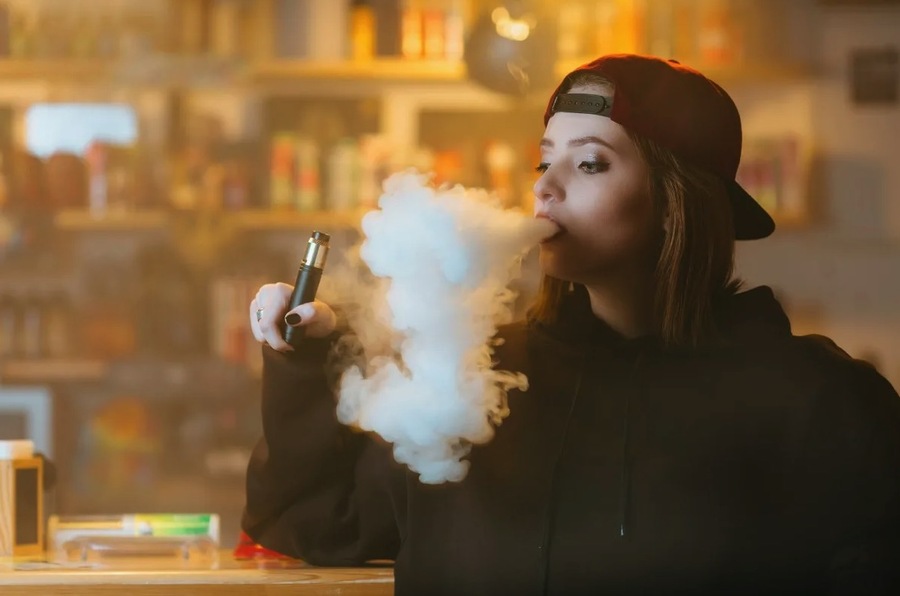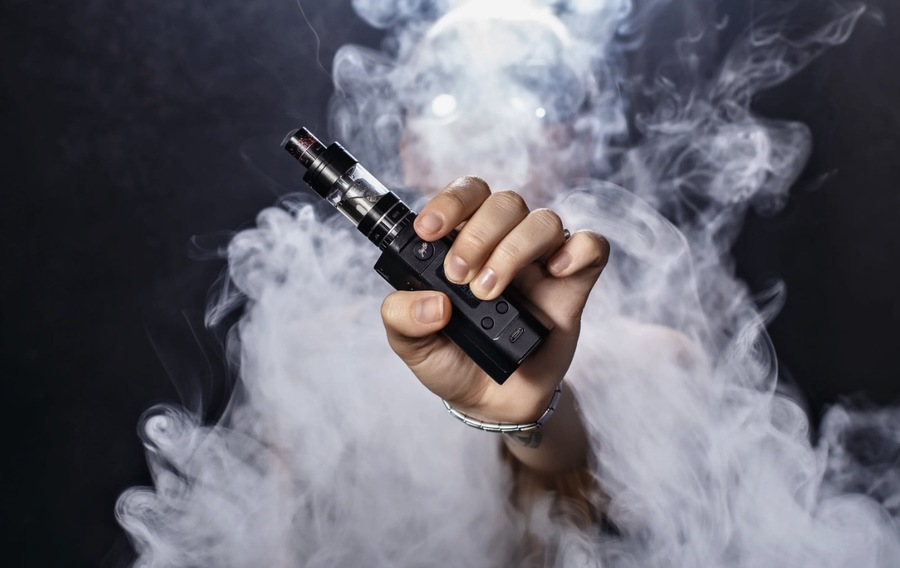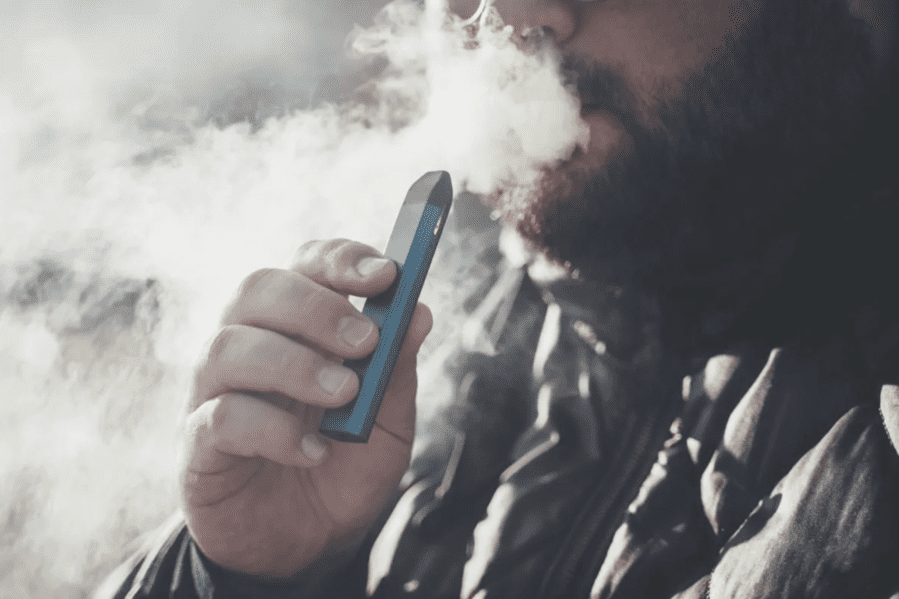The vaping industry has recently seen a meteoric rise, transforming from a niche market into a major cultural force. Originally developed as a healthier alternative to traditional smoking, vaping has since surpassed its initial intent. Today, it shapes social interactions, influences lifestyle choices, and even dictates fashion trends across the globe. For those interested, options to buy vape online provide easy access to a wide variety of vaping products, enhancing this cultural phenomenon. This blog delves into the profound impact of vaping, exploring how it has woven itself into the cultural tapestries of various societies and assessing its broader societal implications.
Evolution
Vaping originated as a technological innovation aimed at providing smokers with a safer alternative to traditional cigarettes. Invented in 2003 by Hon Lik, a Chinese pharmacist whose personal battle against tobacco addiction inspired his creation, e-cigarettes quickly resonated with a global audience. Lik’s invention, which utilized a simple heating mechanism to vaporize a nicotine-laced liquid, offered the tactile and psychological comforts of smoking without many of its harmful effects.
As the new product entered international markets, it rapidly grew in popularity, reflecting a widespread desire for smoking alternatives. By 2018, the global valuation of the vaping industry soared to an impressive $14 billion, according to the World Health Organization. This significant market value underscores the swift and expansive adoption of vaping, marking it as a major shift in consumer habits and public health trends. For those looking to explore these products, numerous options to buy vape online are available, offering convenience and variety.
Social Interactions and Community
Vaping has significantly influenced social dynamics, creating unique spaces that foster a sense of community. Across the globe, vape shops and lounges have emerged as retail points and vibrant social hubs. These establishments are gathering places where enthusiasts meet to share their passion for different vaping mods and flavors, discuss the latest trends, and exchange tips. A study by the University of Southern California highlighted how these spaces often serve as cultural centers where novices learn from experienced vapers, enhancing their knowledge and skills in a welcoming environment.
In the digital realm, the community aspect of vaping extends even further. Numerous forums and social media groups have sprung up, connecting vapers from various parts of the world. These online platforms facilitate discussions, provide support, and offer a space for vapers to unite over their common interests, regardless of location. Research published in the Journal of Community Health found that these online communities share advice and experiences and play a crucial role in advocating for vaping rights and legislation, highlighting the strong communal bonds formed through this shared interest.
The global network of vapers underscores a significant cultural shift. Social interactions and community building occur face-to-face and virtually. Many participants in these communities started their journey after choosing to buy vapes online, making it a gateway to broader social engagement.

Integration into Lifestyles
Vaping’s appeal transcends age and cultural barriers, seamlessly integrating into diverse lifestyles. Among fitness enthusiasts, vaping is frequently viewed as a healthier alternative to traditional smoking. This perception aligns with a wellness-focused lifestyle, attracting individuals who are conscious about their health but still enjoy the ritual of smoking. According to a study published in the Journal of Health Psychology, many individuals switch to vaping as part of a broader commitment to healthier living, often citing reduced respiratory issues and better physical fitness as key benefits. For those considering this switch, the ability to buy vape online simplifies the transition, offering access to various products that suit different health and lifestyle needs.
Fashion and Aesthetic Influence
The impact of vaping on fashion and aesthetics is unmistakable. Accessories like vape pouches and mod stands have transcended their practical uses to become fashionable statements. High-end vape kits, developed in collaboration with luxury fashion designers, exemplify how vaping devices have evolved into symbols of status and style. A Journal of Consumer Culture study discusses how these luxury collaborations reflect broader trends where technology intersects with personal aesthetics, marking vaping as not merely a habit but a significant part of an individual’s identity. This shift in perception has led to a new market niche where style and functionality meet, appealing to a demographic that values both innovation and fashion. The ease of being able to buy vape online adds to its accessibility, allowing more people to integrate vaping into their personal style and aesthetic choices.
Cultural Perceptions and Variations
The cultural acceptance of vaping shows significant global variance. In the UK, for instance, Public Health England has endorsed vaping as a viable tool for smoking cessation, supporting its integration into public health strategies. Contrastingly, countries like Thailand have imposed strict bans on e-cigarettes, reflecting broader health and regulatory concerns. These stark differences highlight the diverse cultural attitudes towards vaping, which profoundly influence how vaping communities develop and interact within their specific cultural frameworks. Research from Global Public Health illustrates how these variations in regulation and acceptance affect not only market dynamics but also social norms and practices around vaping. Understanding these cultural nuances is crucial for stakeholders navigating the complex landscape of vaping regulations and public perceptions.
Health and Ethical Considerations
While vaping has been embraced culturally, it is not without its health controversies. Research presents a mixed picture: some studies indicate that vaping is significantly less harmful than traditional smoking, potentially reducing the risk of smoking-related diseases. However, other research, including findings from the Centers for Disease Control and Prevention, points to risks such as lung injuries associated with certain vaping additives. Ethically, the marketing strategies targeting young people have sparked significant debate. This demographic’s susceptibility to marketing has led to a rise in vaping among teenagers, prompting public health advocates to call for stricter regulations to prevent youth vaping.

Economic Impact
The vaping industry’s economic footprint is extensive. It supports tens of thousands of jobs worldwide and generates considerable tax revenue. The vaping market has catalyzed growth in ancillary sectors such as liquid flavoring, device manufacturing, and logistics. A study by the Economic Policy Institute notes that the vaping industry has contributed significantly to local economies, particularly in regions where traditional tobacco production and sales have declined. This economic contribution, however, comes with the need for balanced regulation to ensure public health safety without stifling economic potential.
Regulatory Impact
Regulation is pivotal in molding the vaping industry’s landscape. In the United States, the Food and Drug Administration (FDA) plays a central role in navigating the complex interplay between public health and innovation in the vaping sector. These regulations, which aim to ensure safety and control marketing practices, have profound effects on everything from the standards in device manufacturing to the ingredients allowed in vape juices. According to a review published in the American Journal of Public Health, these regulatory measures are critical in preventing unsafe products from reaching the market while ensuring that innovations that could potentially reduce harm are not unduly hindered. The regulatory landscape continues to evolve as new research and data emerge, highlighting the need for ongoing adaptation to protect consumers and public health.
Conclusion
The cultural impact of vaping extends far beyond its original role as an alternative to smoking. It has reshaped social norms, influenced economic markets, and prompted changes in regulatory frameworks worldwide. As vaping continues to evolve, it remains a dynamic force that both shapes and is shaped by the cultures it touches.
The future of vaping is poised to be as impactful as its past, with ongoing innovations and shifts in public perception likely to steer its path. As the industry adjusts to new research and regulatory changes, it must balance innovation with responsibility—ensuring its growth does not come at the expense of public health.
Ultimately, the story of vaping is one of transformation and complexity, reflecting broader trends in technology, health, and society. As we move forward, continued dialogue among all stakeholders—manufacturers, consumers, health experts, and regulators—will be essential to navigating the challenges and opportunities.

Surfer, hustler, fender owner, International Swiss style practitioner and recent OCAD grad. Acting at the nexus of design and elegance to create great work for living breathing human beings. Let’s design a world that’s thoughtful, considered and aesthetically pleasing.
